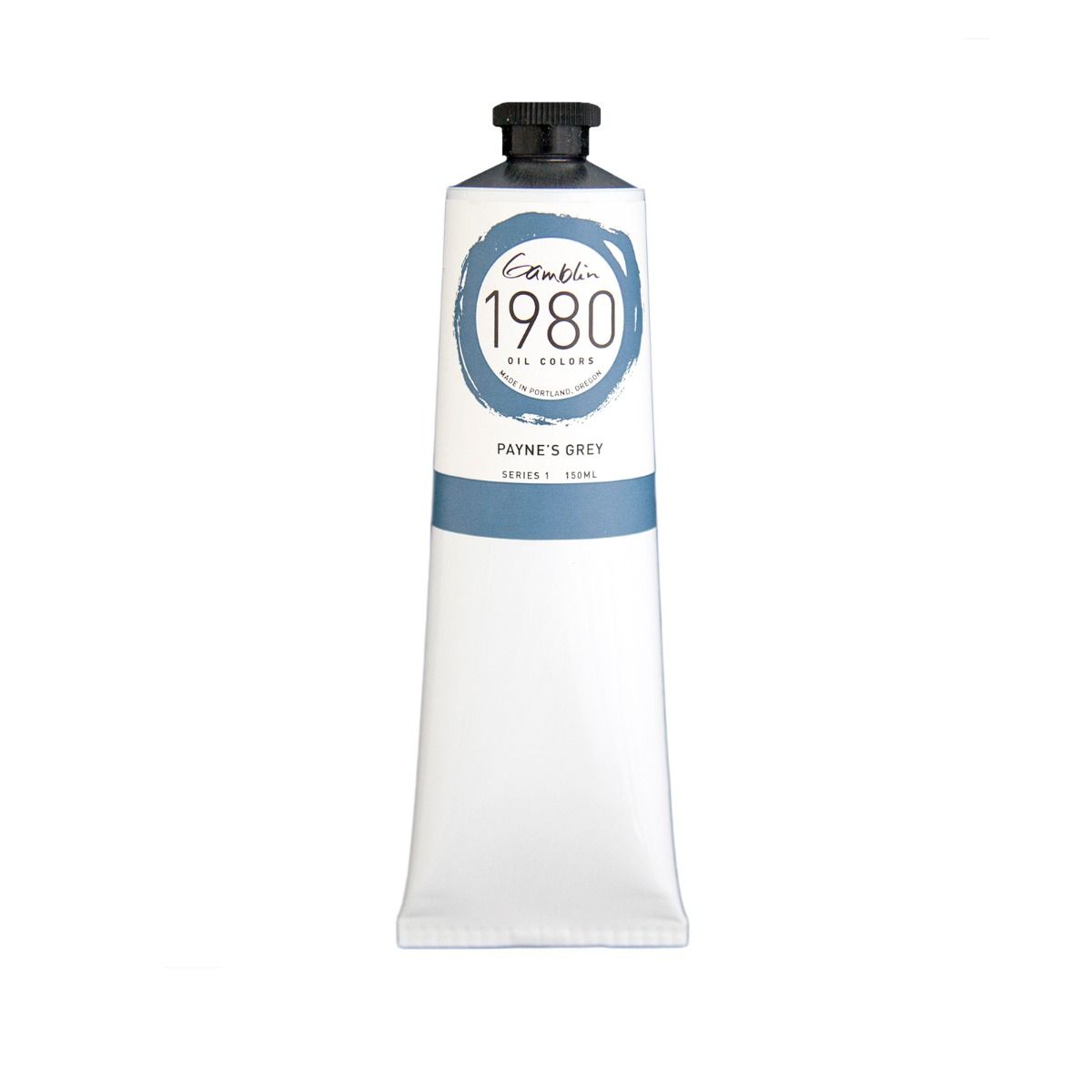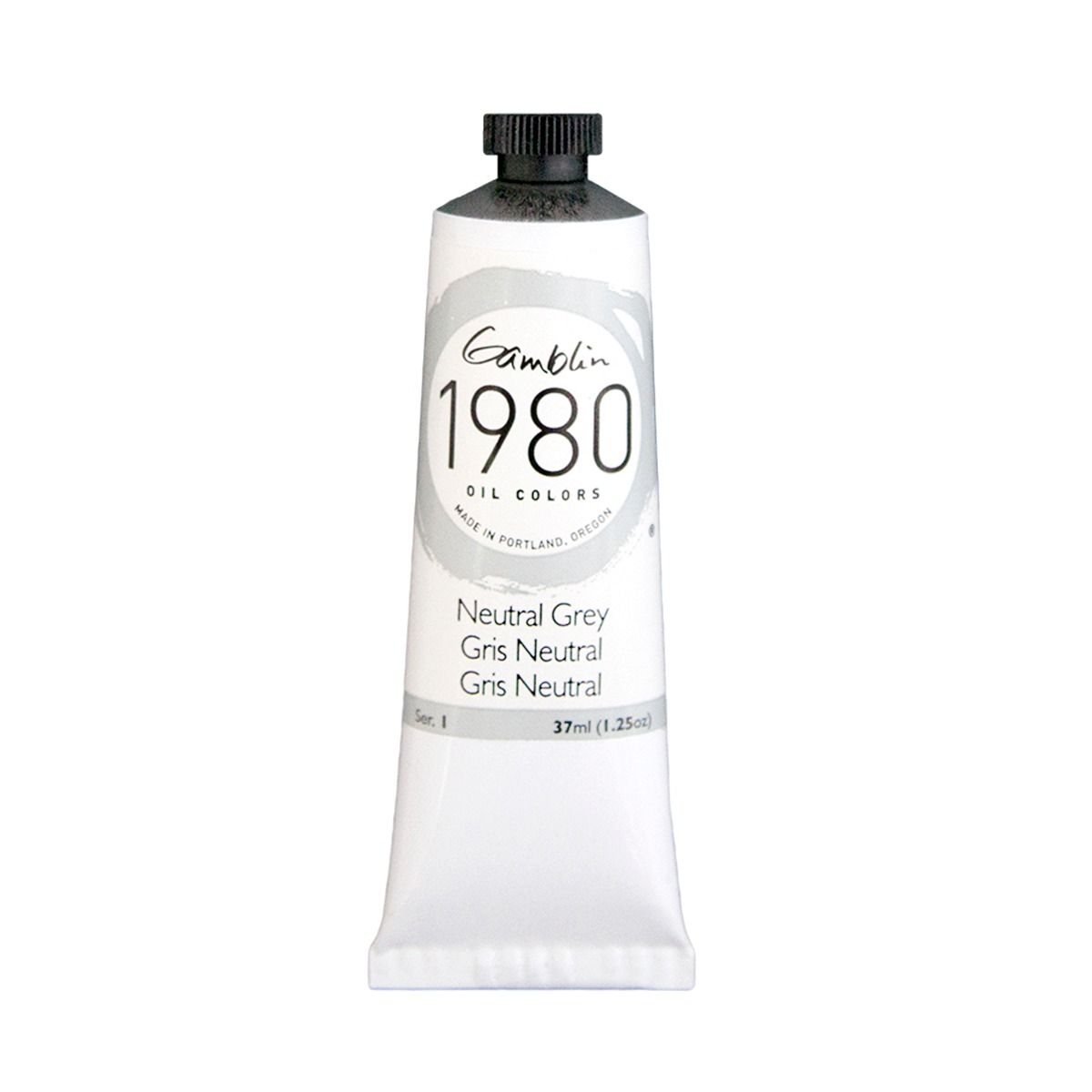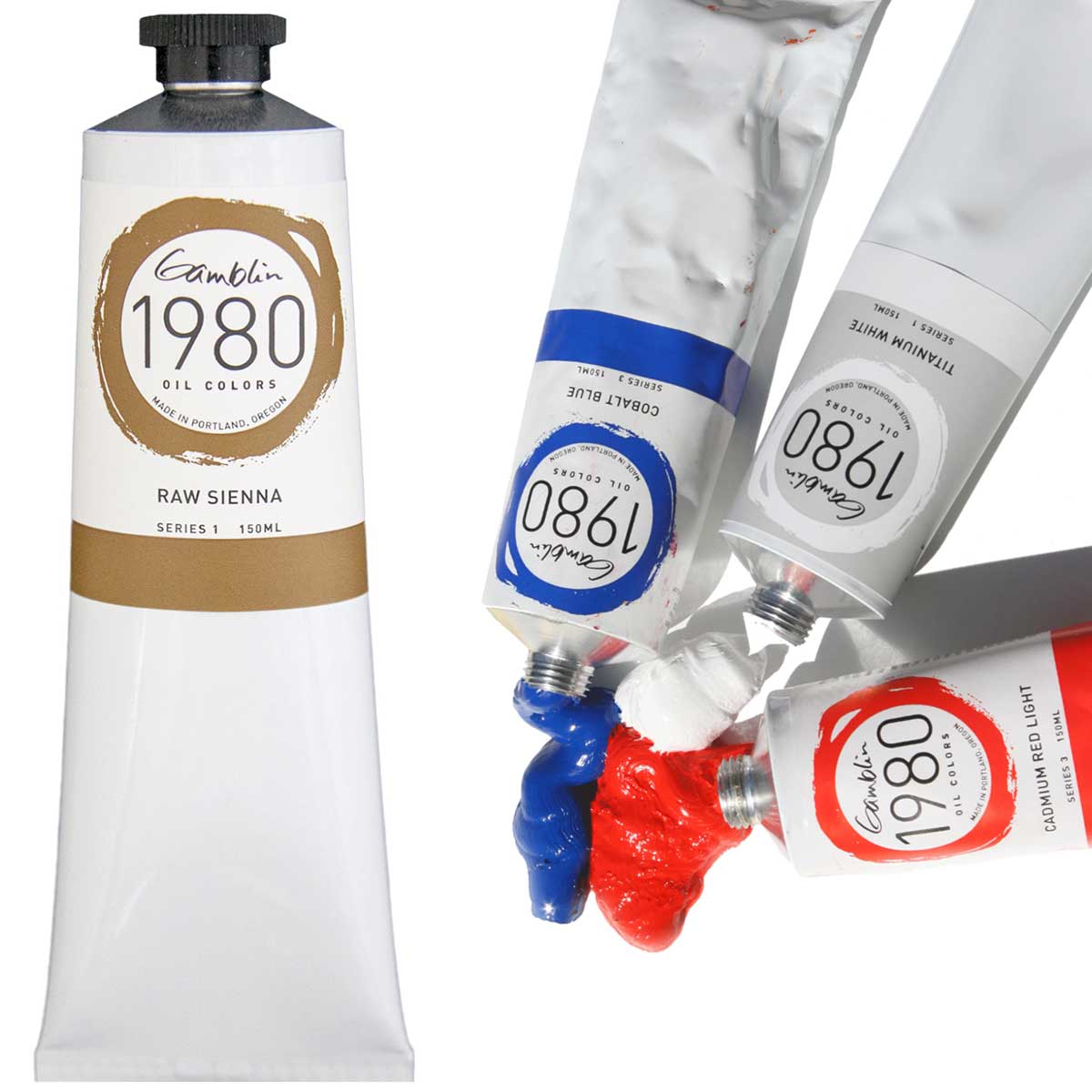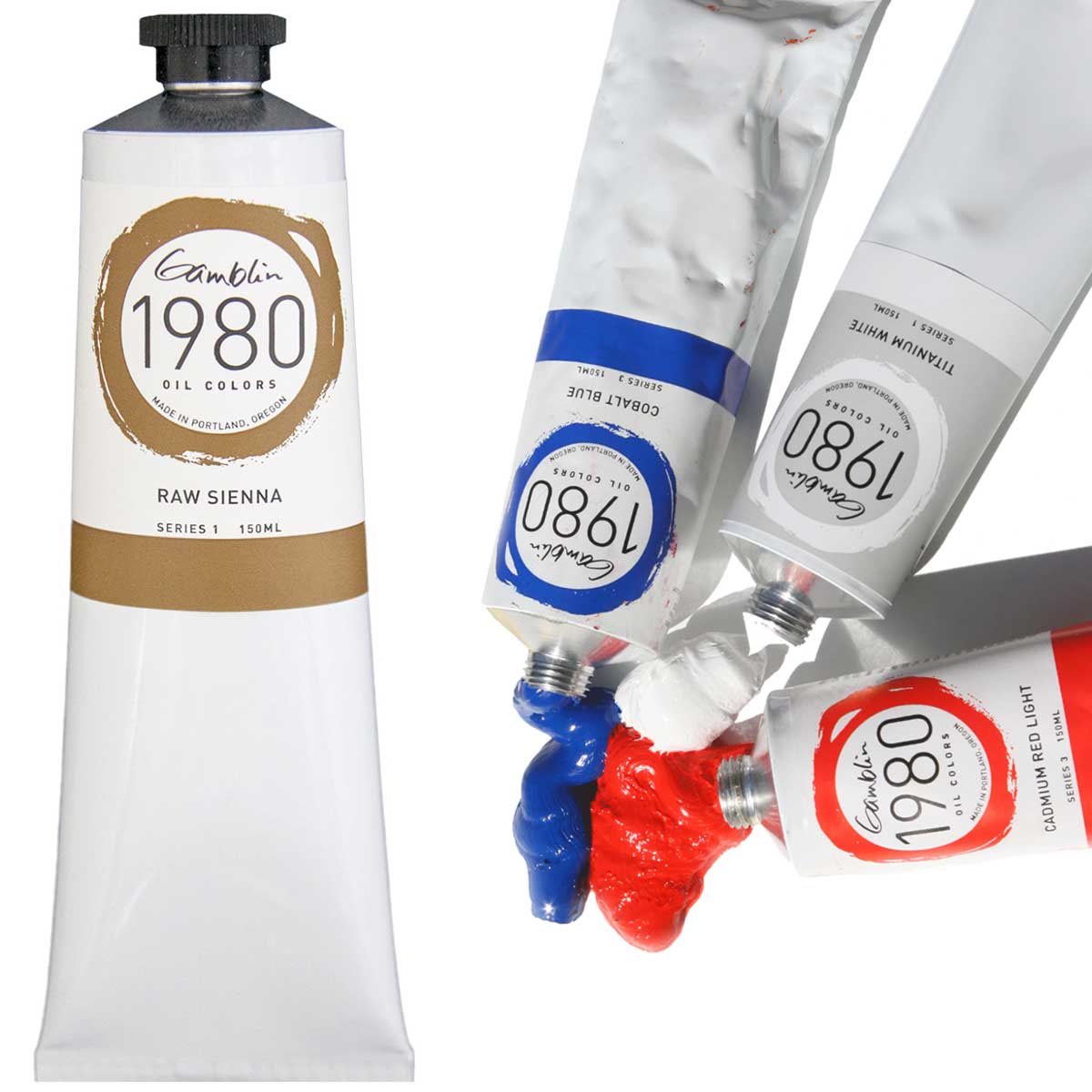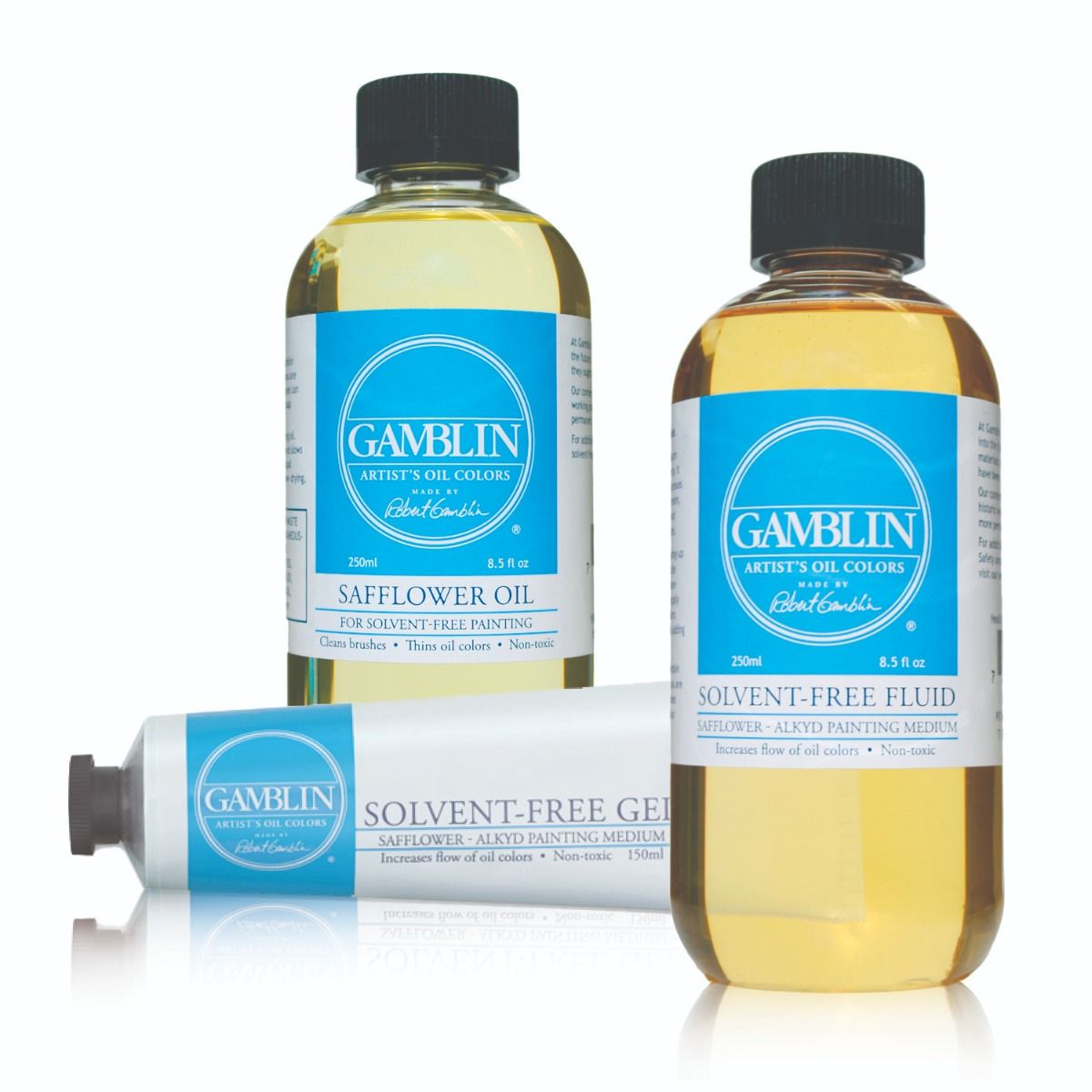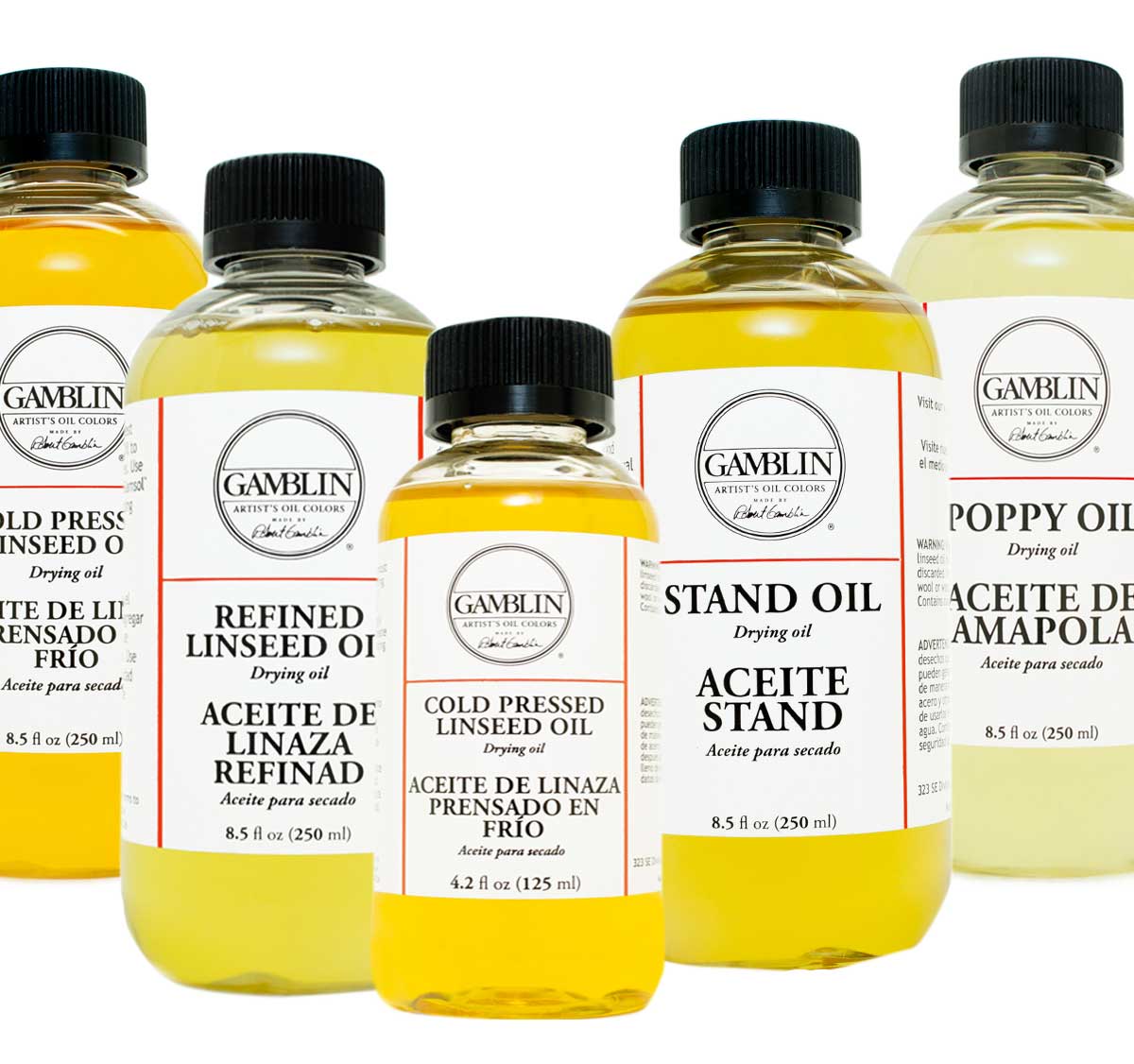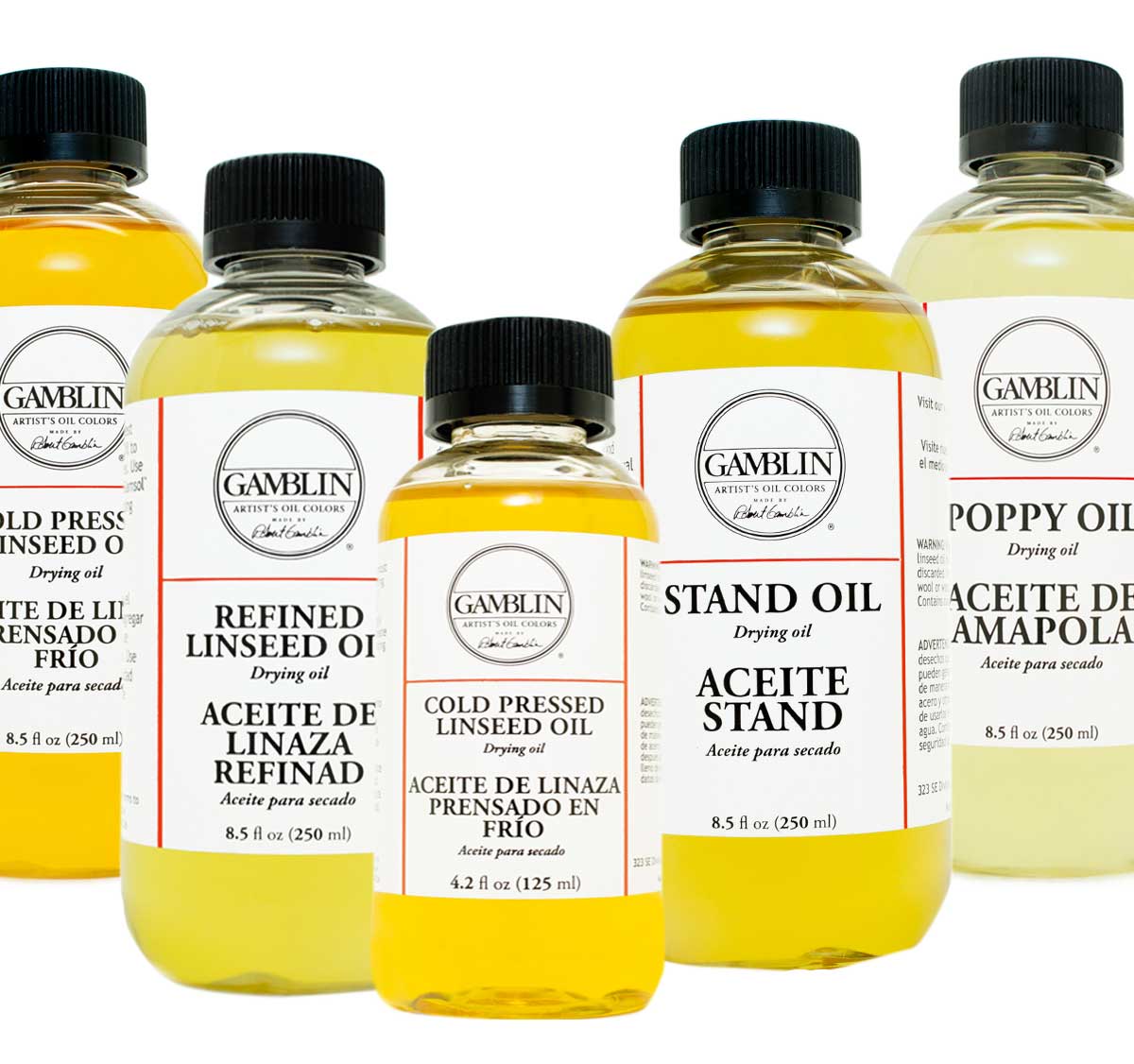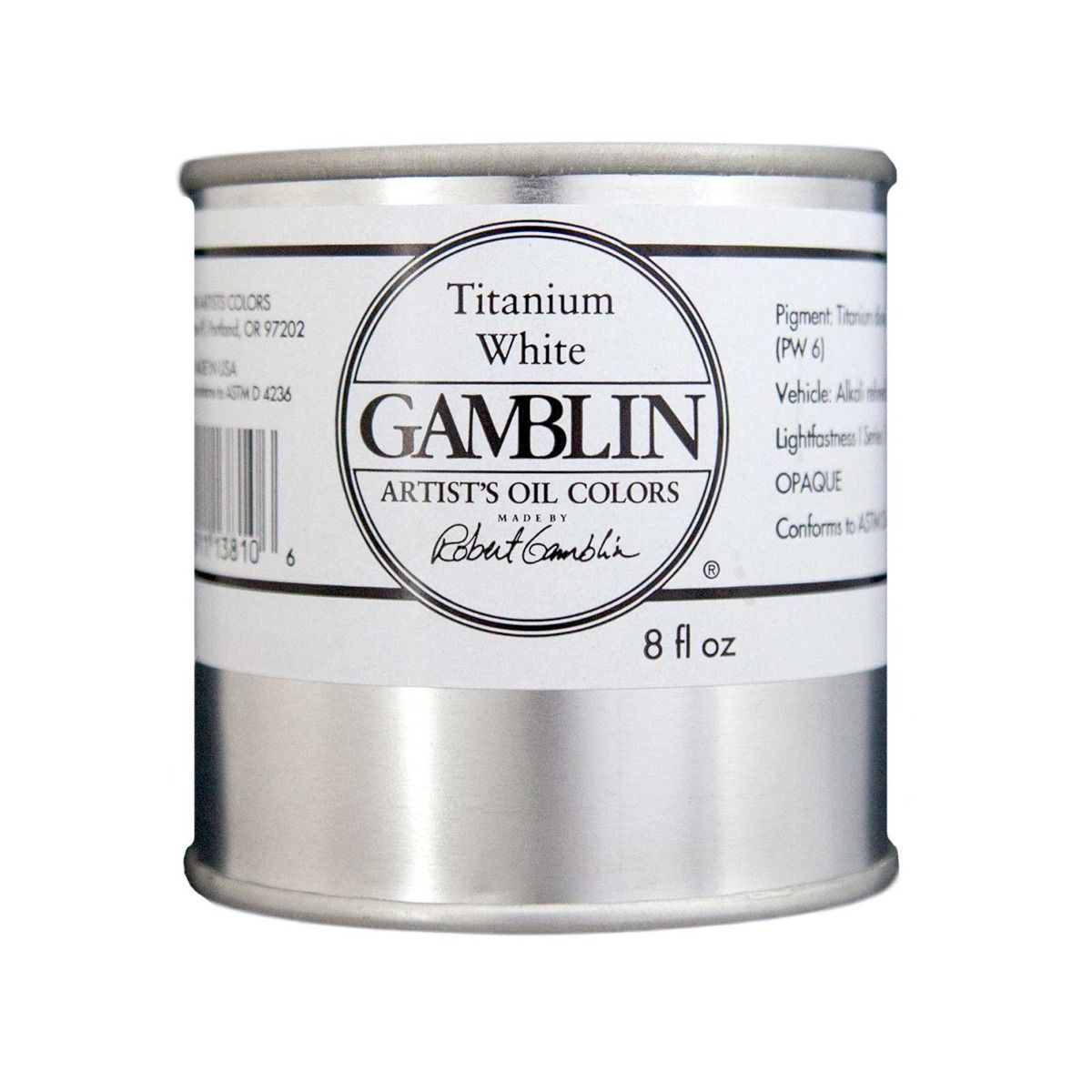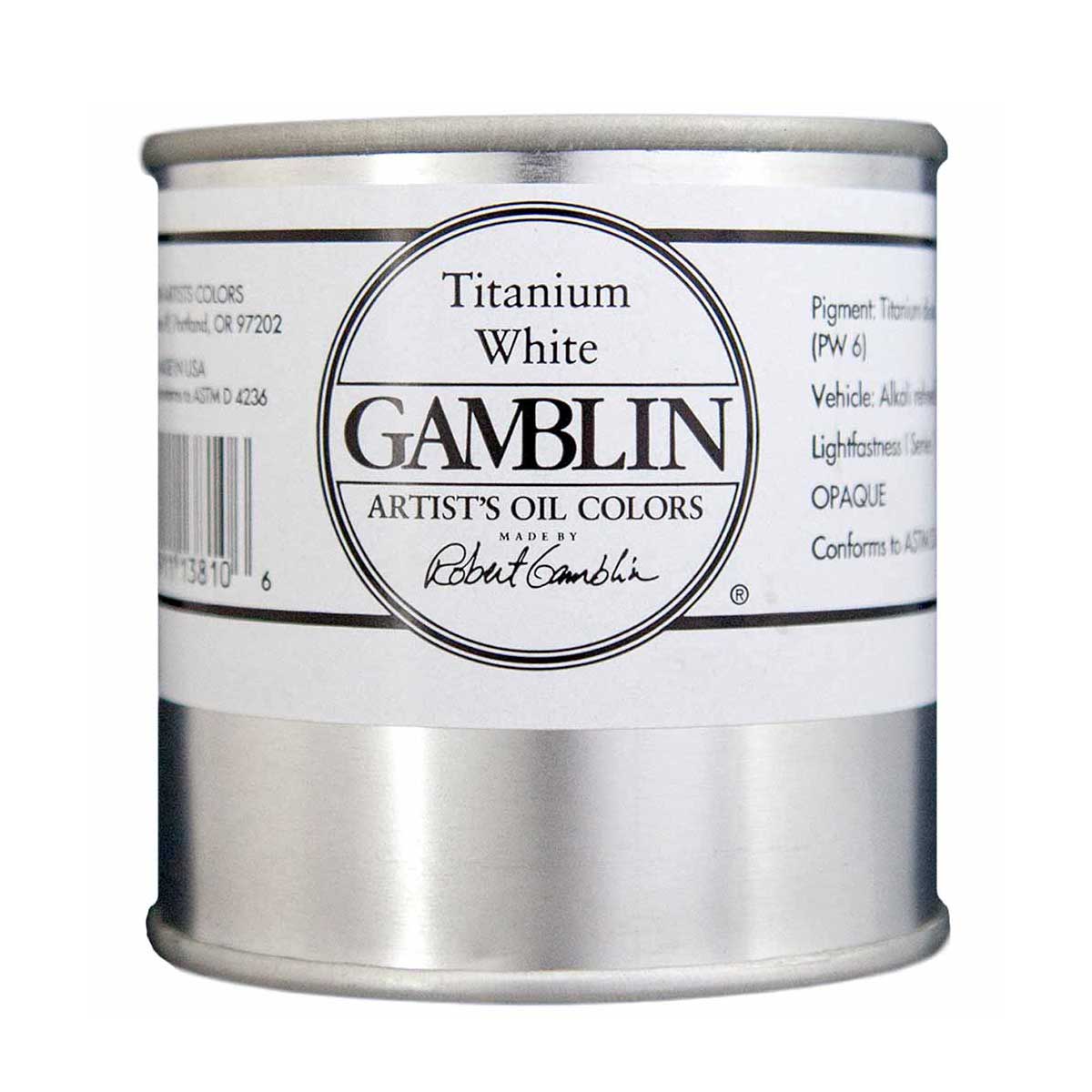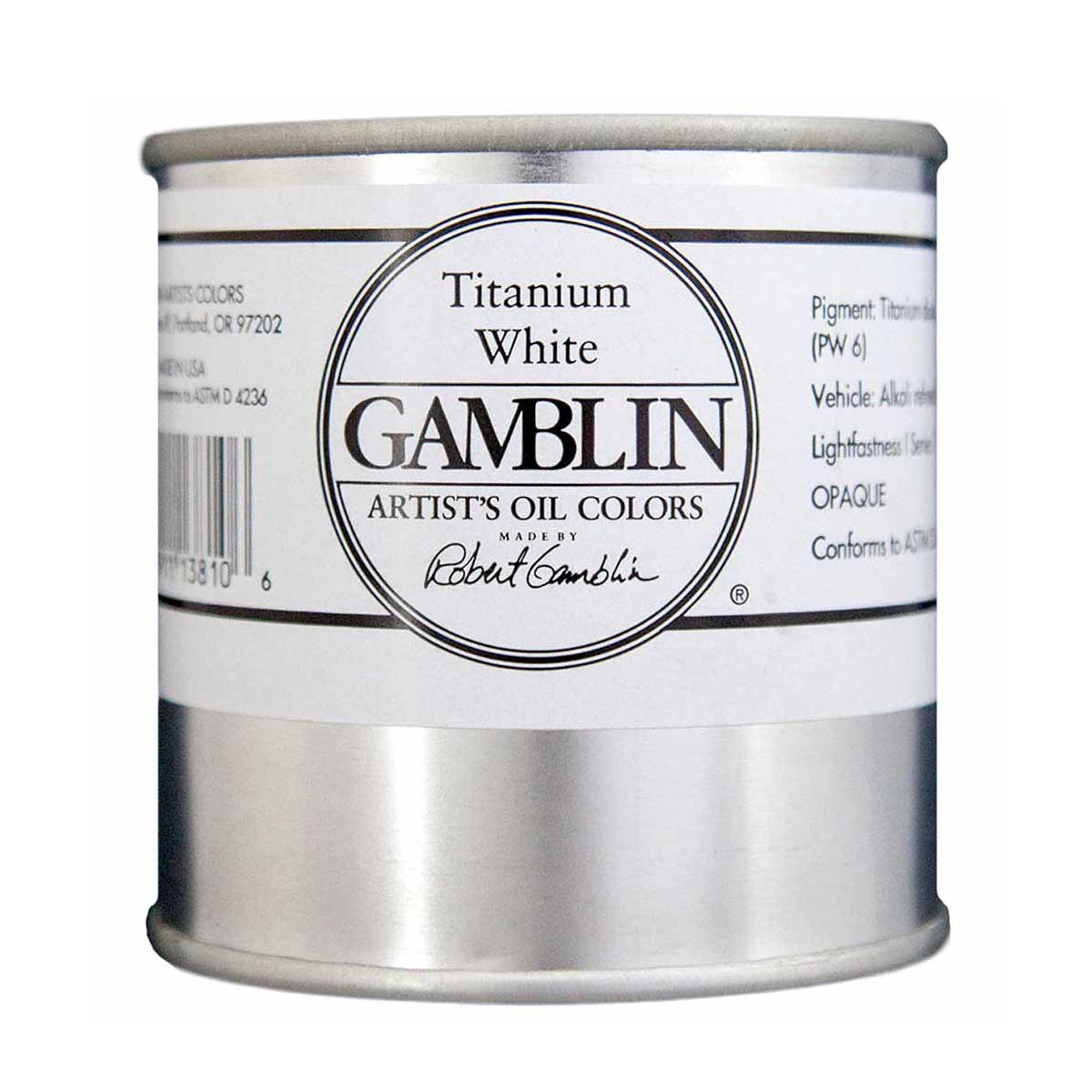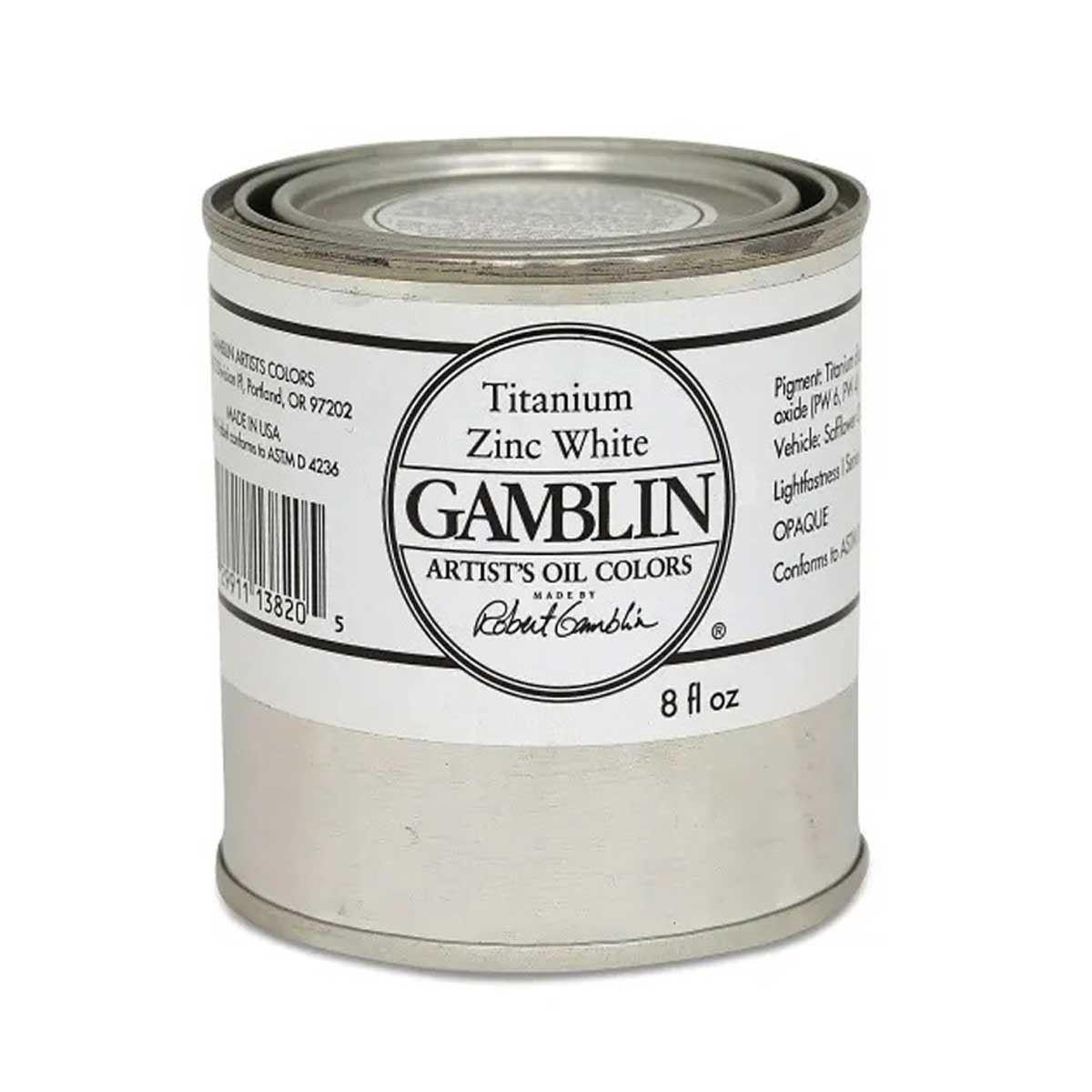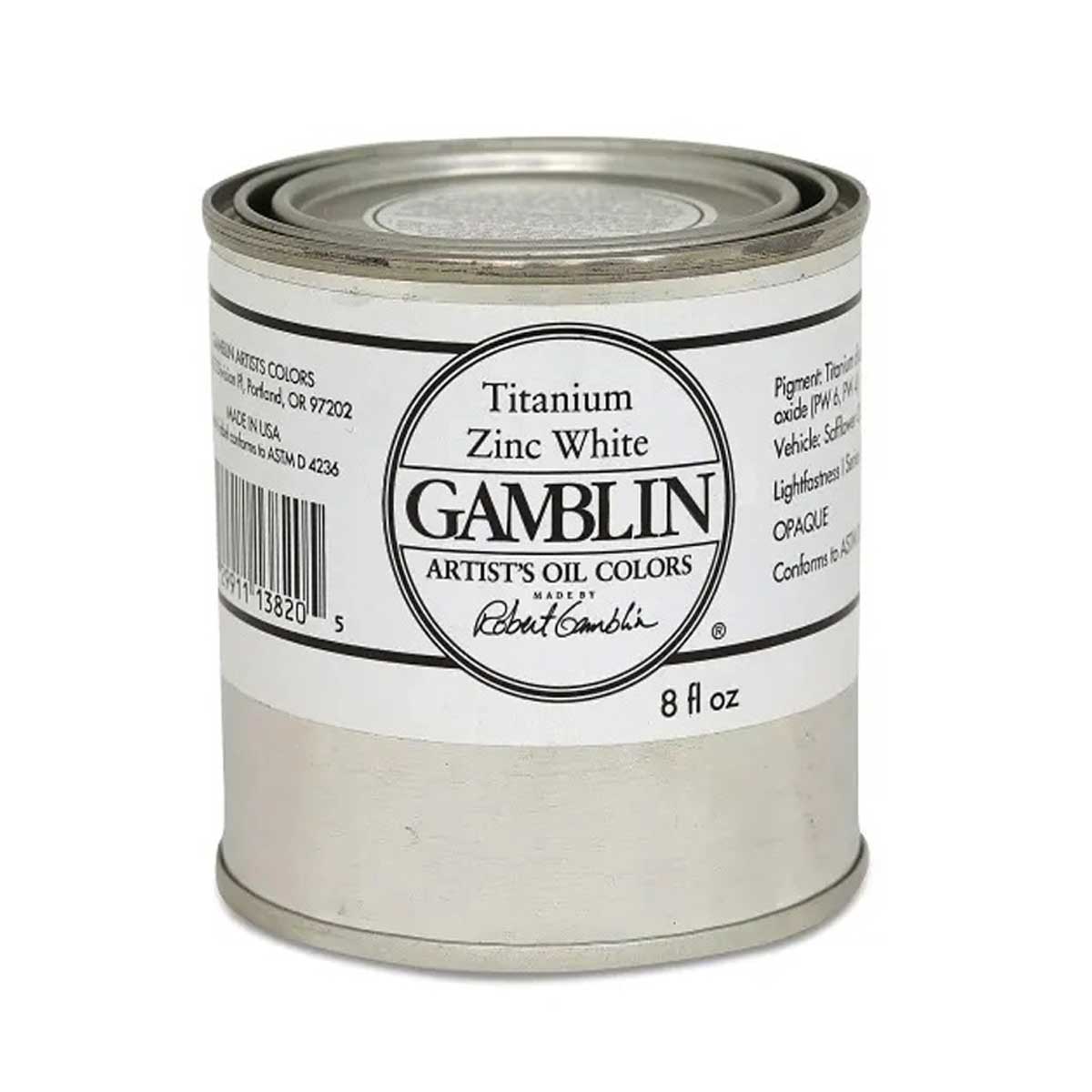Gamblin 1980 Oils - Payne's Grey, 150 ml (5.07oz)
Payne’s Grey: Coolest Gamblin black. Moderate tinting strength. Excellent match to popular watercolour.
Composition and Permanence:
- Pigment Name: - PB29-Ultramarine [Blue] (Complex silicate of sodium & aluminum); PBk9-Ivory Black (Bone Black with sulphur); PY42-Yellow Ochre; (Synthetic Iron Oxide)
- Vehicle: Alkali refined linseed oil
- Lightfastness: I
- Opacity: Semi-Transparent
- Series: 1
Warning: SDS Cancer and reproductive harm – www.P65Warnings.ca.gov
Gamblin 1980 Oils - PB29-Ultramarine [Blue] (Complex silicate of sodium & aluminum); PBk9-Ivory Black (Bone Black with sulphur); PY42-Yellow Ochre; (Synthetic Iron Oxide)
Payne’s Grey: Coolest Gamblin black. Moderate tinting strength. Excellent match to popular watercolour.
Pigment Composition and Permanence:
Pigment Name: PB29-Ultramarine [Blue]
Pigment Type: inorganic
Properties
Ultramarine is the standard warm blue, a brilliant blue pigment with the most purple and least green in its undertone. It has moderate to high tinting strength and beautiful transparency. Synthetic Ultramarine is not as vivid a blue as natural Ultramarine. Ultramarine dries slowly in oil and produces clean, though granular, washes in watercolour.
French Ultramarine mixes well with Alizarin colours in oil and watercolour form to create a range of purples and violets. It can dull when mixed with white in acrylic form but mixes well with other colours. The shade varies based on the manufacturer. Considered a great colour for glazes, it is not suitable for frescoing.
Permanence
Ultramarine has excellent permanence, although synthetic Ultramarine is not as permanent as natural Ultramarine. It may discolour if exposed to acid because of its sulfuric content.
Toxicity
Ultramarine has no significant hazards.
History
The name for this pigment comes from the Middle Latin ultra, meaning beyond, and mare, meaning sea because it was imported from Asia to Europe by sea. It is a prominent component of lapis lazuli and was used on Asian temples starting in the 6th century. It was one of the most expensive pigments in 16th century Europe, worth twice its weight in gold, and so was used sparingly and when commissions were larger. Ultramarine is currently imitated by a process invented in France in 1826 by Jean Baptiste Guimet, making blue affordable to artists and extending the range of colours on their palettes.
2nd Pigment Composition and Permanence:
Pigment Name: PBk9-Ivory Black
Pigment Type: charred animal bone
Properties
Ivory Black is a cool, semi-transparent blue-black with a slight brownish undertone and average tinting strength. It mixes well with any colour and creates a range of dull greens when mixed with yellow. It has good properties for use in oil, can be slow to dry in oil form, and should never be used in underpainting or frescoing. Ivory Black is denser than Lamp Black.
Permanence
Ivory Black is very lightfast and has good permanence, though it is considered the least permanent of the primary black pigments.
Toxicity
Ivory Black has no significant hazards.
History
Ivory Black is a carbon-based black first named Elephantium and described in the 4th century BCE as produced by heating ivory scraps in clay pots to reduce the ivory or bone to charcoal. The deviation in names is because the more expensive varieties of this pigment were made by burning ivory, and the less expensive ones by burning animal bones.
In the 19th century, the name Ivory Black was finally permitted to be applied to Carbon Black pigments made from bone. Genuine Ivory Black is rare in modern times due to the protection of ivory, and the synthetic variety produced today was discovered in 1929. Bone Black is produced as an industrial pigment.
3rd Pigment Composition and Permanence:
Pigment Name: PY42-Yellow Ochre
Pigment Type
Properties
Yellow Ochre provides artists with earth tones from cream to brown. It has good hiding power, produces quick-drying paint, and can safely mix with other pigments. Its transparency varies widely from opaque shades to more transparent ones, which are valued for their use as glazes.
If gypsum is present, Yellow Ochre is not suitable for frescoing. (See Brown Ochre, PY43.) PY42 is made from synthetic iron oxides. PY43 is made from natural iron oxide.
Permanence
Yellow Ochre has excellent permanence because ochres are some of the most permanent pigments available.
Toxicity
Yellow Ochre is non-toxic unless it contains manganese.
History
Ochre comes from the Greek word ochros, meaning pale yellow. It was one of the first pigments used by human beings, and evidence of its use has been found at 300,000-year-old sites in France and former Czechoslovakia.
| Size | 150 ml |
|---|---|
| Brand | Gamblin |
| Country of Manufacture | United States |
| Type of Store Credit value | Select |










